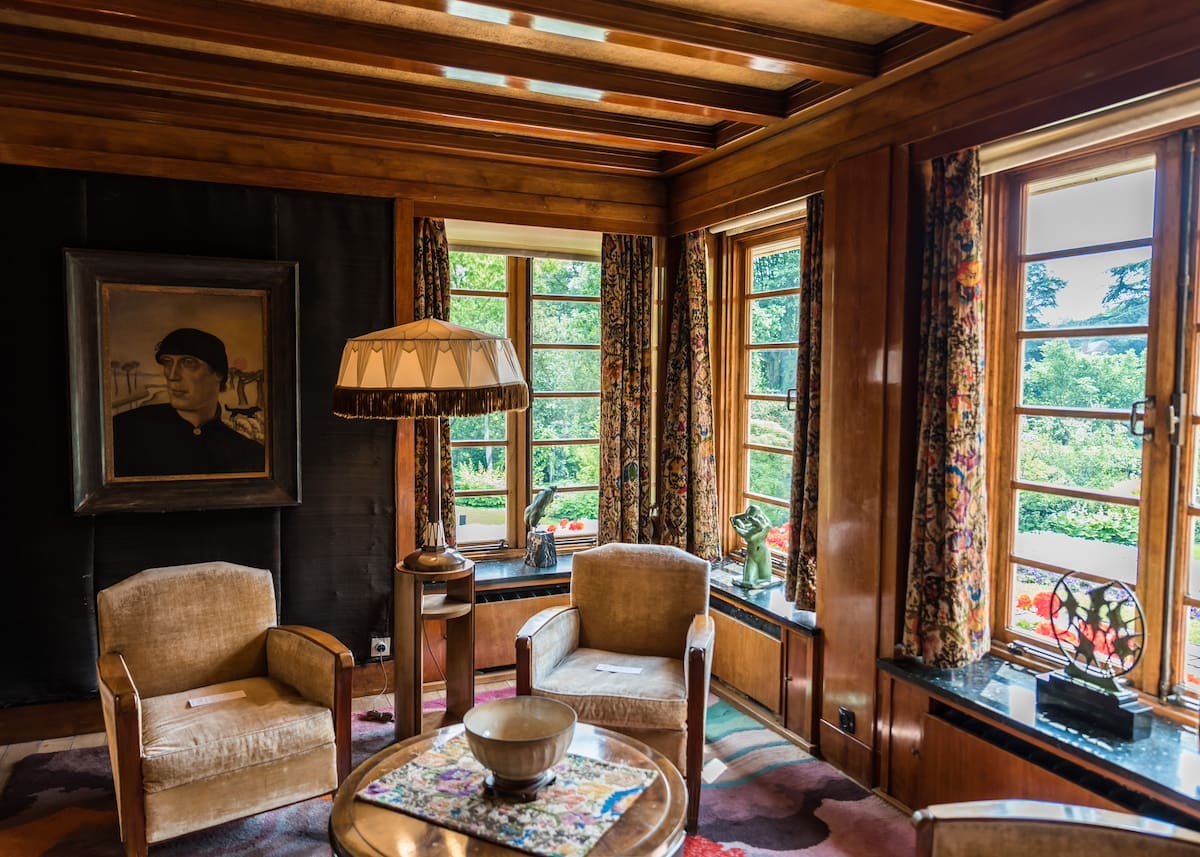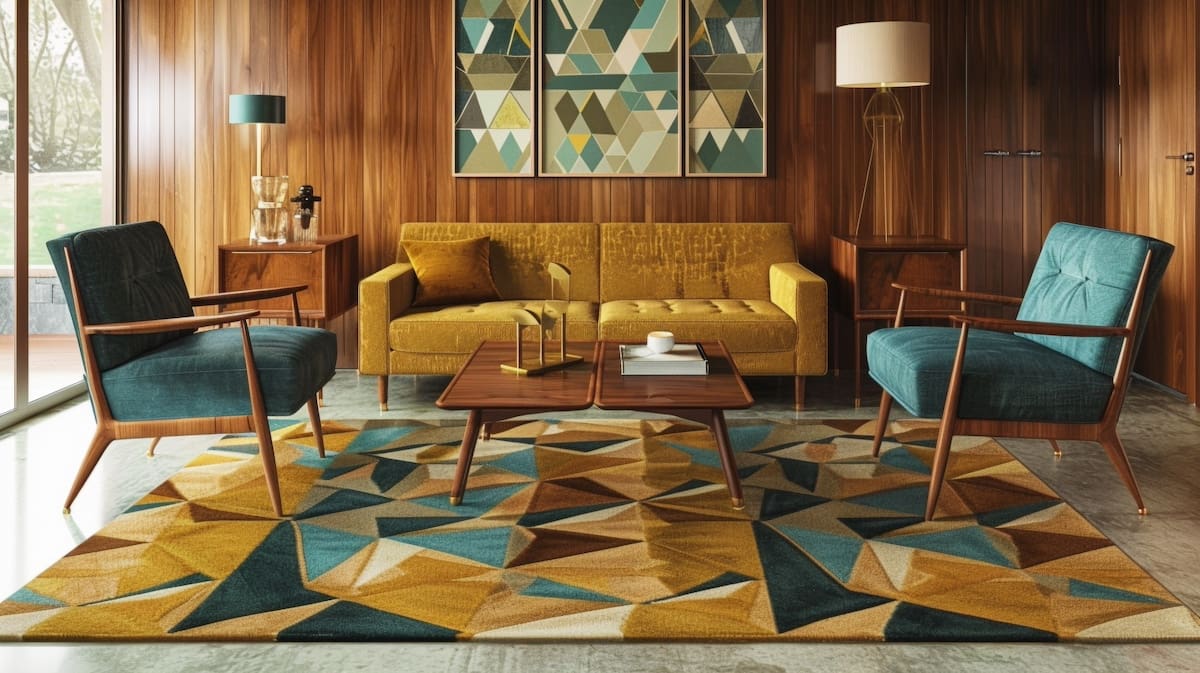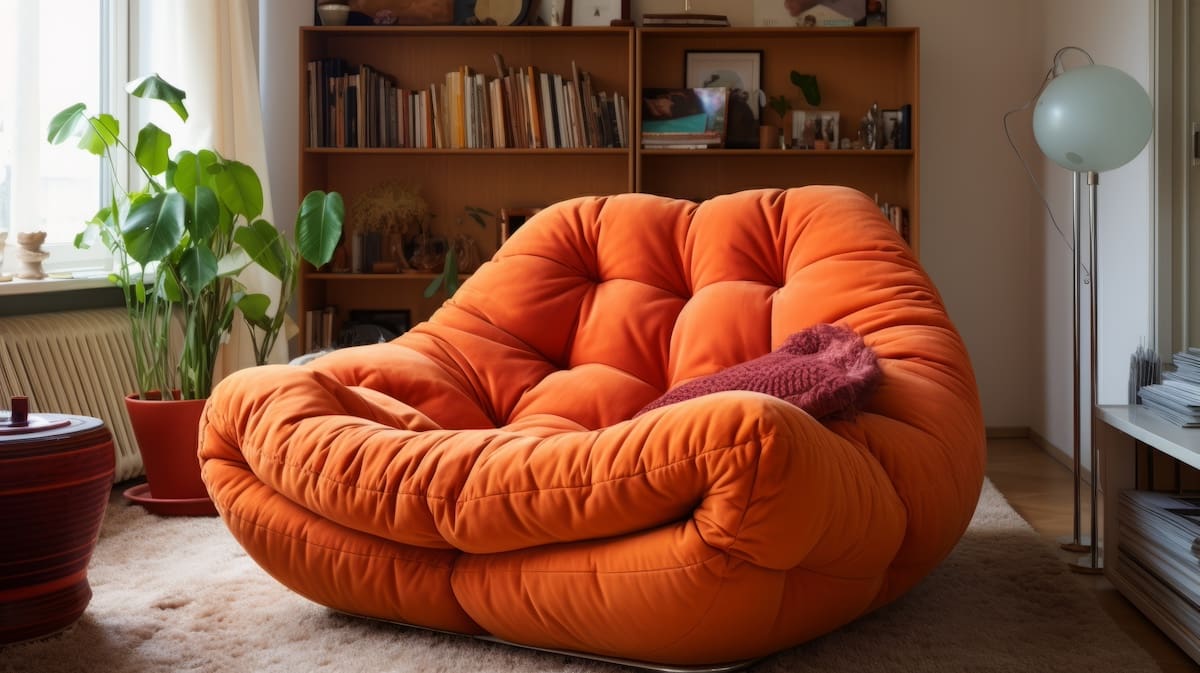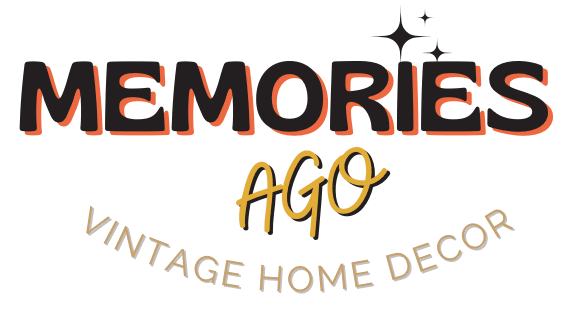 Ready to mix up your modern homes look with some vintage interior design elements but not sure where to begin?
Ready to mix up your modern homes look with some vintage interior design elements but not sure where to begin?
This article will help you in choosing a vintage design style that will blend in perfectly with your modern spaces., keep reading to find your inspiration.
Let’s take a closer look at the most popular era’s and how they have influenced today’s interior design landscape.
Vintage Interior Design: Ornate Victorian Era

The Victorian era, marking Queen Victoria’s reign from 1837 to 1901, is characterized by ornate and elaborate decor. Viintage interior design from this period was richly decorated featuring dark wood furniture, heavy drapery, and an abundance of decorative items. The color palette was deep and vibrant, with wallpapers and fabrics showcasing intricate floral patterns and elaborate motifs.
Furniture in the Victorian era was designed not just for functionality but as a showcase of craftsmanship and detail. Pieces were often made from mahogany, walnut and oak, adorned with carvings, inlays and gilding. The era also saw a fascination with the exotic and the gothic incorporating influences from Asia and the Middle East as well as medieval Europe.
Today, the Victorian style influence in vintage interior design is seen in the layering of textures, the mix of patterns and the use of rich saturated colors. Contemporary adaptations tend to balance the opulence of the Victorian aesthetic with modern minimalism to create spaces that feel both luxurious and livable.
Incorporating Victorian elements, such as tufted velvet sofas, ornate mirrors, and crystal decor pieces can add depth and sophistication to a room, blending the past’s elegance with the present’s sensibility.
Simple, Streamlined Art Deco Era

The Art Deco era spanned the 1920s and 1930s, it represented a departure from the ornate designs of the Victorian period to more simplistic, symmetry, and streamlined forms. This era is known for its geometric patterns, bold lines and a color palette that includes vibrant hues alongside black, chrome, and gold. Art Deco design embraced modern materials like stainless steel, aluminum and inlaid wood reflecting this era’s fascination with industry and technology.
Furniture pieces from the Art Deco period were sleek and stylish often featuring exotic woods, lacquer finishes and upholstery in luxurious fabrics like velvet and leather. Lighting fixtures made a statement with bold geometric shapes and the use of glass and chrome.
In modern settings the Art Deco style is popular for its timeless elegance and glamor. Its influence is evident in the use of geometric patterns in wallpapers and textiles, furniture with clean lines and luxurious materials and decorative accents that add a touch of sophistication.
Incorporating Art Deco elements into modern interiors can create spaces that are both striking and refined, bridging the gap between the past’s opulence and the present’s streamlined aesthetic.
Art Nouveau – Organic and Natural Motifs

Art Nouveau emerged at the turn of the 20th century as a response to the industrial revolution, emphasizing organic forms and flowing lines inspired by nature. This era is characterized by its use of natural motifs, such as flowers, vines and insects, in architecture, furniture and decorative arts. The movement sought to break down the barriers between fine and applied arts to create beautiful functional objects that could be a part of everyday life.
Furniture and decorative items from the Art Nouveau period often feature curvilinear shapes and intricate detailing with materials like wrought iron, glass and ceramics being prominently used. This eras style’s emphasis on craftsmanship and the beauty of natural forms made it a precursor to the later modernist movements.
Today, Art Nouveau’s influence can be seen in the use of fluid, organic shapes and natural motifs in vintage interior design.
Infusing elements inspired by this era, such as stained glass, decorative tiles and furniture with curving lines can add a sense of elegance and harmony to a space. Art Nouveau influence continues to inspire designers to create environments that celebrate the intrinsic beauty of the natural world, blending art and design in innovative ways.
Mid Century Modern (MCM)

Mid Century Modern design, from the mid 1940s to the late 1960s is celebrated for its simplicity, functionality, and clean lines. This era introduced a new approach to living, with open floor plans and a focus on bringing the outdoors in through large windows and the integration of nature into the home’s design. Furniture pieces from the MCM era are notable for their sleek forms, organic shapes and the use of materials like teak, walnut and metal.
The Mid Century Modern aesthetic emphasizes minimalism with a color palette that includes both neutral tones and bold accents. The furniture is designed to be both beautiful and practical, with an emphasis on comfort and ergonomics. This era also saw the rise of iconic designers such as Eames, Knoll, and Saarinen, whose work continues to influence modern design.
In todays home interiors Mid Century Modern design remains highly popular, owing to its timeless appeal and versatility. The clean lines and functional beauty of Mid Century Modern furniture make it a perfect fit for todays homes blending effortlessly with both modern and eclectic styles.
Blending Mid Century elements such as classic furniture pieces, geometric patterns, and a mix of natural and synthetic materials can create spaces that are both stylish and comfortable.
Vintage Interior Design of The Groovy 70’s Era

The 1970s era marked a departure towards a more relaxed and eclectic approach to interior design. This decade is characterized by its bold use of color, texture and patterns embracing earth tones, psychedelic prints, and a mix of natural materials like wood, stone and rattan. The 70s aesthetic often featured plush seating, shag carpets, and an abundance of houseplants, reflecting a desire for comfort and a connection to nature.
Furniture from the 70s combined functionality and design with modular units, bean bag chairs and the use of innovative materials such as plastic and fiberglass. This era also saw the introduction of the open plan living concept, promoting a more informal and flexible approach to interior spaces.
Today, the 70s influence is evident in the resurgence of interest in macramé, terrazzo and bold graphic patterns. Integrating 70s inspired elements into your modern interior can add warmth, texture and a playful sense of nostalgia.
This era’s emphasis on sustainability and natural materials also resonates with contemporary design trends encouraging a more mindful and environmentally conscious approach to decorating.
The Eclectic 80’s Era

The 1980s were characterized by a sense of opulence and glamour with interior design reflecting a ‘more is more’ philosophy. This era embraced vibrant colors, luxurious materials, and bold patterns featuring design elements such as glass block walls, mirrored surfaces, and metallic accents. The 80s also marked the rise of the Memphis design movement known for its use of geometric shapes, asymmetry, and a vibrant, contrasting color palette. The image a above is an example of Memphis design.
Furniture in the 80s was often large and statement making with an emphasis on comfort and a penchant for excess. This decade introduced the concept of tech integrated spaces with the entertainment systems and home computers shaping the layout and function of living areas.
Incorporating 80s design elements into contemporary interiors can bring a sense of boldness and fun to your space. Modern interpretations often temper the era’s extravagance with a more curated approach by blending 80s inspired accents with sleek modern lines.
The use of color, texture, and innovative materials inspired by the 80s can also add a dynamic and eclectic edge to your home decor celebrating this decade’s fearless approach to design.
Final Thoughts On Blending Vintage Interior Design
Exploring the vintage styles from different eras opens up a rich diversity in design philosophies, each contributing its own unique look, style and principals of interior design history. From the ornate detail of the Victorian era to the bold extravagance of the 80s, vintage interior design offers a wealth of inspiration for modern spaces.
By integrating elements from these varied periods into your modern home you can achieve a depth and character that is both reflective of the past along with your own personal tastes and style.
Are you ready to transform your space with the timeless beauty of vintage decor? Visit MemoriesAgo and explore our Shop By Style section where you’ll find a huge curated selection of authentic vintage pieces from your favorite design periods.
Whether you’re drawn to the sophisticated elegance of the Art Deco era, the minimalist chic of Mid Century Modern design or the bold textures of the 70s, MemoriesAgo has something special to bring your vision to life.
